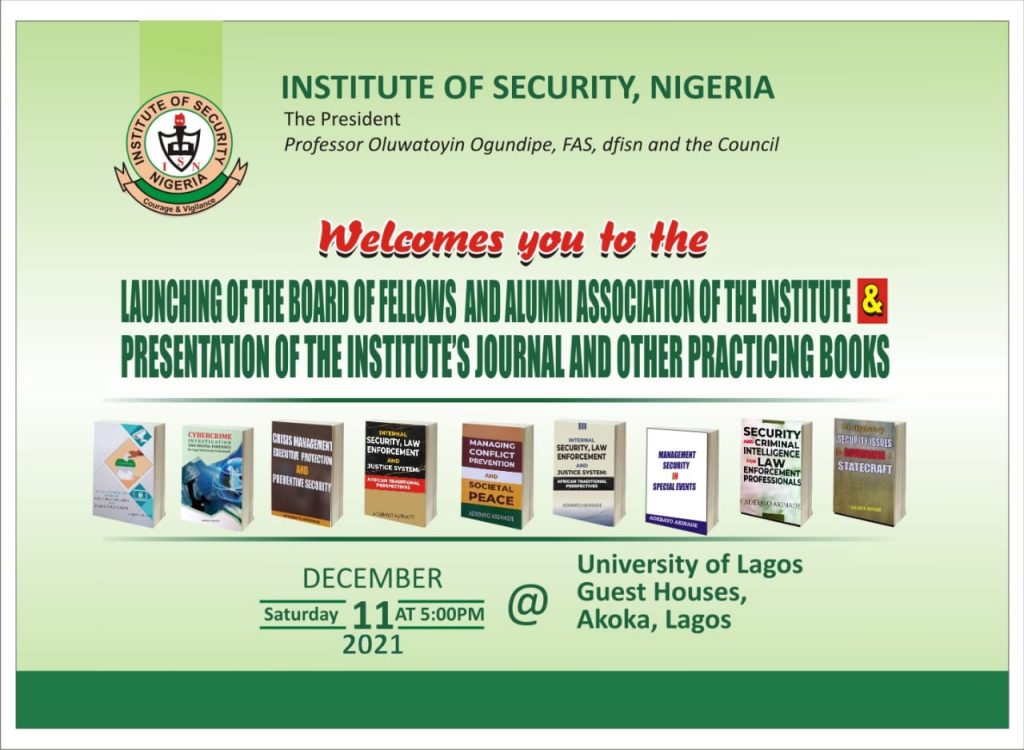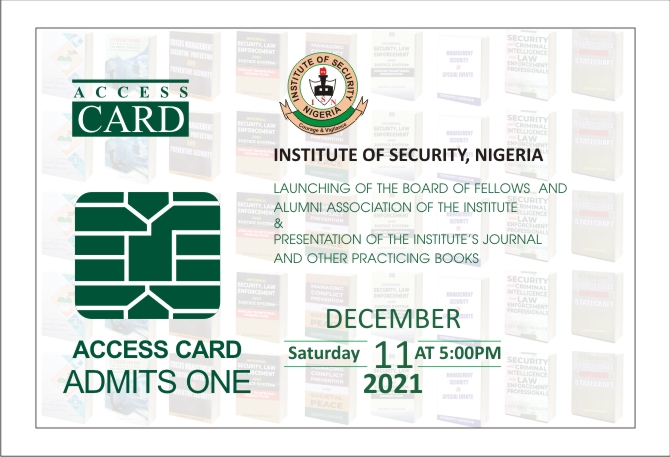MEET FRANK OSHANUGOR

By Frank Oshanugor
Following the growing scourge of methamphetamine, a deadly drug better known as mkpurummiri, in the South East, the Ohanaeze Ndigbo Worldwide, Sunday, said governors, traditional rulers’ council and the leadership of town unions from the region will soon meet to fashion out how to tackle the menace.

The apex Igbo socio-cultural body made the disclosure just as the National Drug Law Enforcement Agency (NDLEA) said it was set for a total operation in the zone.
Video clips of Igbo communities and villages waging war against users and peddlers of the drug had flooded the social media lately, some of them were even seen beating those involved mercilessly.

National Publicity Secretary of Ohanaeze, Alex Ogbonnia, and National President, Association of South East Town Unions (ASETU), Emeka Diwe, in separate interviews journalists said there was urgent need to address the issue before it destroys their people.
Ogbonnia said the group would reach out to the governors to mobilise the traditional rulers’ council and the leadership of town unions in the states, for a meeting specifically on the matter.

Asked if the scourge could be attributed to the high rate of unemployment in the society, the Ohanaeze spokesman admitted that it was a possible driver, but said: “I believe that awareness creation can solve the problem. The youth have to know that those who do not have a job today will have a job tomorrow. They must understand that mkpurummiri will surely destroy anybody indulging in it.
“So, we will do our best working with the governors, town unions and traditional rulers’ council. Whatever decisions reached at the meeting will determine how we will tackle the scourge.”
For Diwe, there was no time to waste as the disastrous effect of the hard drug might not be unconnected with the spate of insecurity in the zone.

Coalition of South East Youth Leaders (COSEYL) also expressed concern that the drug could ruin the future of youths in the zone if nothing was urgently done to curb the trend.
President General of COSEYL, Goodluck Ibem, said the group was ready to partner the NDLEA in tackling the scourge.
Reacting to the development, Director, Media and Advocacy, NDLEA, Femi Babafemi, said the agency had monitored the trend in meth production, abuse and trafficking, especially in the Southeast, and would soon launch full scale operation in the region.
He disclosed that the Chairman/CEO of NDLEA, Brig. Gen Buba Marwa (retd) recently gave specific instructions to relevant directorates of the agency on how to respond to the development.

He added that since the launch of the Offensive Action campaign early this year, the NDLEA had recorded significant seizures of kilograms of the drug, while it also located and destroyed no fewer than 18 meth-producing laboratories in the country in the past few years.
NDLEA also commended some communities in the South East for owning the fight against abuse of the dangerous drug, while urging others to key in because the agency cannot be everywhere.
The International Drug Control Conventions categorised meth as Schedule II, meaning “drugs with a high potential for abuse, with use potentially leading to severe psychological or physical dependence.”
Since the 1990s, the production of crystal meth has been hijacked by Mexican drug cartels and they came into Nigeria to set up laboratories in 2016.

It is a very addictive stimulant that renders the user hyperactive and prone to destructive tendencies which, at the extreme, do not exclude suicide or homicide at the slightest provocation and without a feeling of remorse.
As a stimulant, it has powerful euphoric effects, similar to those of cocaine. Meth typically keeps users awake, depriving them of sleep. Its use and abuse also carry acute health risks, including high blood pressure and cardiovascular-related illness.
Users also exhibit anti-social behaviours arising from paranoia and hallucination. The drug takes a toll on the physical look of its users. It typically makes them look older and their faces prone to acne. Sometimes, excessive use leads to damaged gum and teeth, commonly called “meth mouth.”

According to the NDLEA, what is most frightening is that meth addiction is one of the most difficult to treat, because no drug can cure it, except by behavioural therapy, which at the moment is not readily available in the country.

